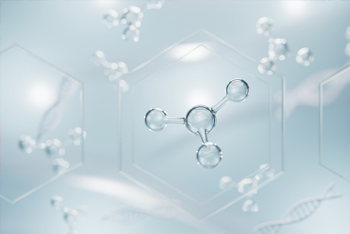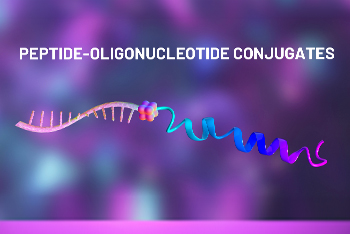
Cell Culture Media Analysis
Cell culture is an important tool in cellular and molecular biology, as it can be used to study the behaviour of specific cell types in a controlled environment for drug screening and development, and disease modelling.

Hydroxyproline Analysis
Our method of post-column detection quantifies hydroxyproline content without interference from the sample matrix.
Polyclonal antibody generation
The standard inoculation procedure for a polyclonal antibody in a rabbit involves six immunisations at two-week intervals and three bleeds (with an additional pre-immune bleed). Read more about the generation process.
Monoclonal antibody generation
Our monoclonal process is identified by five phases. A typical monoclonal antibody project may yield up to 10 positive wells at the fusion screening stage and, after cloning, can deliver two or three stable monoclonal antibodies. Read more about the process and project steps.
Histone peptides and microarrays
AltaBioscience stock a selection of individual histone peptides and 5 different histone peptide sets. The peptide sequences are derived from human histones H2A, H2B, H3 and H4 and include a range of modified amino acids.

DNA Peptide Conjugates
At AltaBioscience, we offer different options for conjugation either at the 3’ end of the oligo or at the 5’ prime end, depending on your requirements. In addition, the linkage between the DNA-peptide can be either a stable covalent bond or a reducible disulphide bridge as needed for your application.
Histone Peptides
AltaBioscience has provided custom synthesis of histone peptides from human H2a, H2b, H3 and H4 regions for many years, having collaborated with the original scientist who developed the idea for histone assays.
Peptide antigens for antibody generation
Suitable for both monoclonal antibody production and polyclonal antibody production, our peptide synthesis experts can assist with peptide antigen design using our epitope design software thereby suggesting antigenic peptide regions likely to provide the best immune response.
HPLC analysis applications
HPLC is suitable for a wide array of compounds and is routinely used to partition or purify peptides or proteins due to its high resolving power, robustness and extreme reproducibility.
Mass spectrometry analysis service
Mass spectrometry analysis detects and quantifies known and unknown materials, mixtures and chemical structures of different molecules to provide precise, quantitative analysis and detection down to ultra-trace levels.
